From Auctions to AI: How IPL Became India’s Economic Powerhouse
The Rise of a Cricketing Giant
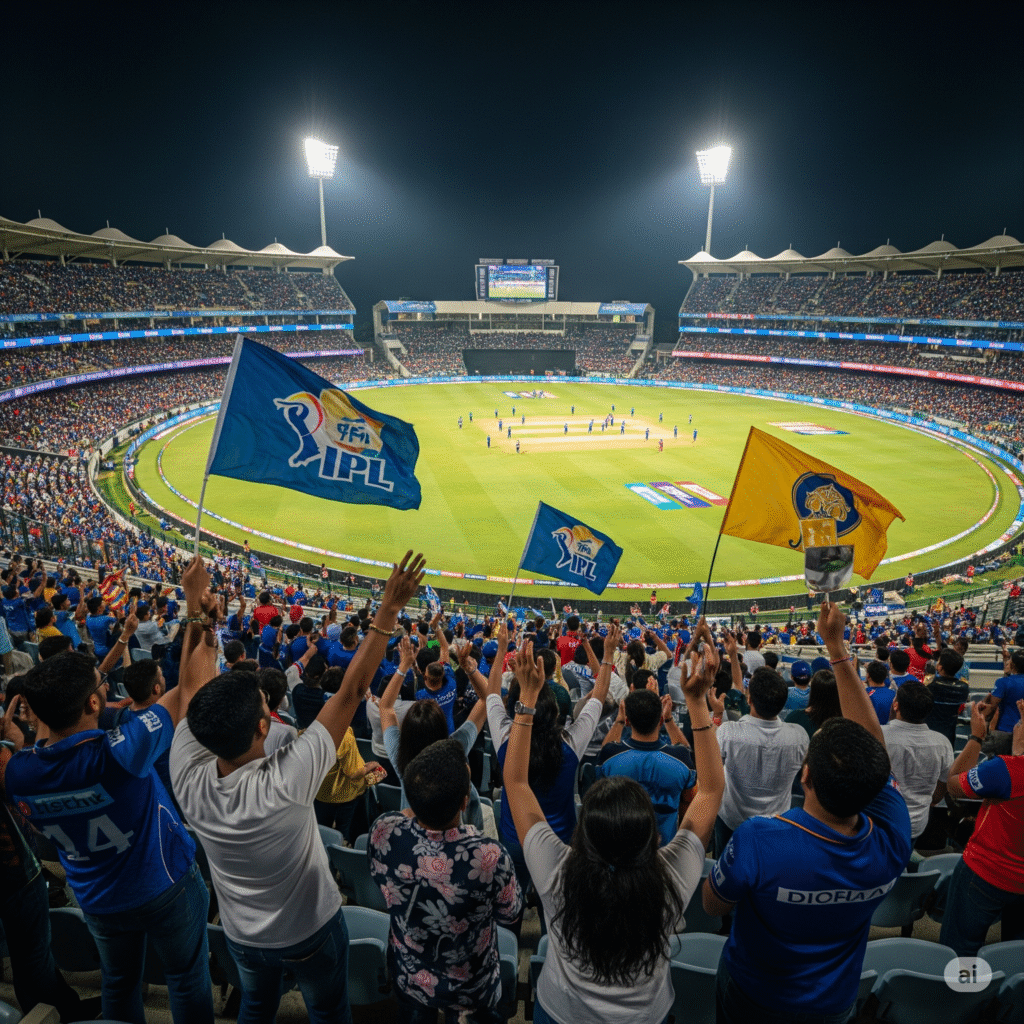
When the Indian Premier League (IPL) kicked off in 2008, few could have predicted that it would one day become one of the most valuable sporting leagues in the world. What began as a bold experiment—mixing Bollywood-style entertainment with cricket—has today transformed into a multi-billion-dollar enterprise, deeply interwoven with India’s economic engine and digital transformation.
Far beyond the boundaries of the cricket field, the IPL has reshaped industries: from broadcasting and advertising to tech innovation and talent management. With franchise valuations soaring past the billion-dollar mark and media rights deals rivalling those of global sports giants, the IPL has evolved into a symbol of modern India’s entrepreneurial spirit.
But this isn’t just about cricket. It’s about how a game turned into a business ecosystem—creating jobs, spawning tech innovations, and fuelling a digital creator economy. The IPL is not only winning matches; it’s winning markets.
The Big Money Game: IPL’s Economic Impact
Behind the glamour of sixes and stadium lights lies a robust economic machine. The IPL isn’t just a cricket tournament—it’s a seasonal economic event that fuels industries across the board.
Each IPL season contributes over ₹11,500 crore (approx. $1.4 billion) to India’s GDP, according to KPMG reports. With 10 franchises valued at over $1 billion each—Mumbai Indians and Chennai Super Kings topping the chart—the league’s financial muscle rivals that of global giants like the NBA and Premier League.
The 2023 media rights auction made headlines when Viacom18 and Disney Star jointly shelled out over ₹48,000 crore ($6.2 billion), placing IPL just behind the NFL in terms of per-match media value. That’s not just a cricket story—it’s an economic revolution.
But the impact goes deeper. Host cities like Ahmedabad, Lucknow, and Chennai see a spike in local business, from hospitality and transport to food delivery and merchandise. The IPL season becomes a commercial festival, generating thousands of temporary jobs—event managers, security personnel, catering staff, content creators, and more.
Auction Drama: A Marketplace of Talent
Every IPL season kicks off with a high-stakes spectacle that feels more Wall Street than Wankhede: the player auction. It’s where franchises open their war chests, strategists crunch numbers, and players see their careers—and bank balances—change in real time.
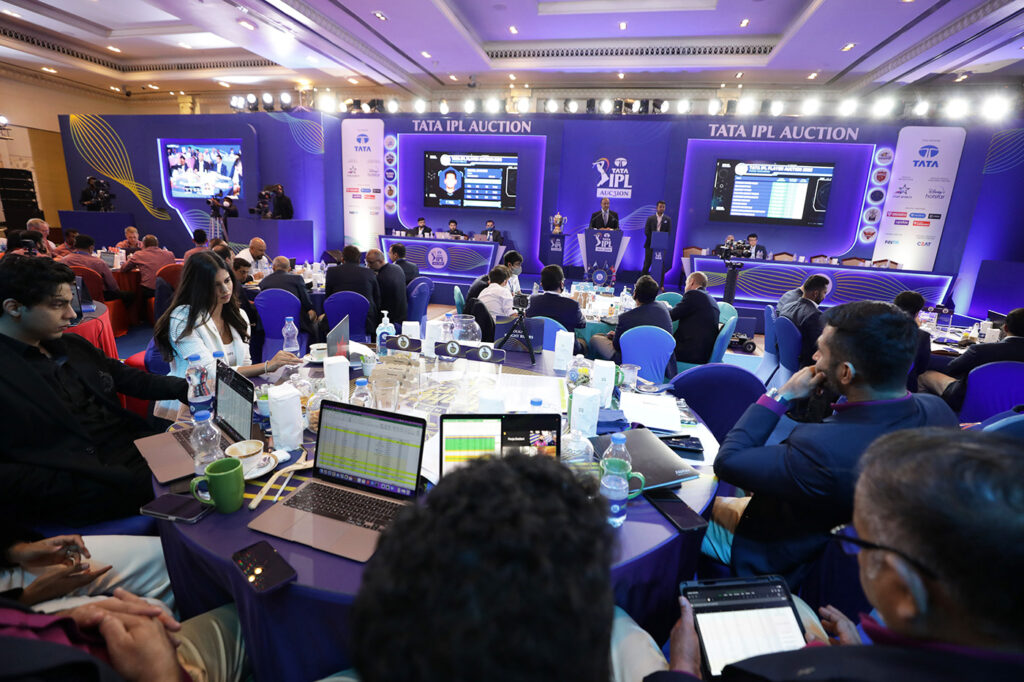
These auctions are not just about picking cricketers; they’re about strategic investments. Franchises weigh performance stats, brand value, injury history, and even social media presence before making a move. Think of it as fantasy cricket meets corporate boardroom.
Take the 2023 mini-auction, for instance. England’s Sam Curran fetched a record-smashing ₹18.5 crore from Punjab Kings—the highest ever bid in IPL history. This wasn’t just a show of spending power. It signaled a shift in how franchises view younger, multi-skilled players as long-term assets—both on the field and in terms of marketability.
Each team is guided by a team of analysts, coaches, and negotiators who prepare weeks in advance. They simulate various combinations using software tools, predict bidding patterns, and assess player ROI. It’s a blend of sports scouting and financial analytics, where emotions meet Excel sheets.
For many Indian domestic players, the IPL auction is life-changing. A 21-year-old uncapped player can go from earning a few thousand in local leagues to signing a multi-crore contract overnight. That’s not just uplifting—it’s nation-building through sport.
Sponsorship is another goldmine. Brands across industries—from fintech and e-commerce to telecom—jostle for visibility on jerseys, stumps, and social media feeds. In return, franchises rake in tens of crores in sponsorship revenues each season, creating a thriving ad ecosystem.
AI, Analytics & Algorithms: Tech Behind Team Strategies
Gone are the days when cricket decisions were made on gut feeling and captain’s instinct alone. Today’s IPL franchises operate more like tech startups with cricketing departments, where data is the new coach and AI the silent strategist.
Every run scored, ball bowled, or catch dropped is now part of a massive dataset. Franchises use AI-powered platforms to analyze player form, predict injury risks, and even model game-day scenarios. Bowling combinations, batting matchups, and optimal field placements are often determined by machine-learning algorithms rather than just coaching experience.
For instance, some teams use real-time data dashboards during matches, tracking metrics like player fatigue, strike zone efficiency, and even psychological performance under pressure. Think of it as a Formula 1 pit crew—but for cricket.
Off the field, AI also shapes fan engagement. Platforms like JioCinema offer personalized highlights, multiple camera angles, and real-time stats, enhancing viewer immersion. Augmented Reality (AR) and Virtual Reality (VR) are being tested for virtual stadium tours and immersive replays.
And the use of wearable tech has become common. GPS-enabled vests and biometric sensors provide insights into player fitness, movement, and stamina—feeding back into training and recovery protocols.
In short, the IPL is a cricket league with a Silicon Valley soul—where bytes, bandwidth, and big data are as vital as bats and boundaries.
IPL and the Creator Economy
While the matches unfold on the field, a parallel economy thrives online—driven by creators, influencers, fantasy gamers, and cricket-obsessed content makers. The IPL has sparked a digital gold rush, turning every boundary into a reel and every controversy into content.
At the forefront is the booming fantasy sports industry, with platforms like Dream11, MPL, and My11Circle riding on IPL’s popularity. In 2023 alone, Dream11 had over 150 million users, with traffic peaking during IPL matches. These platforms gamify cricket, turning fans into analysts and every match into a personal strategy game.
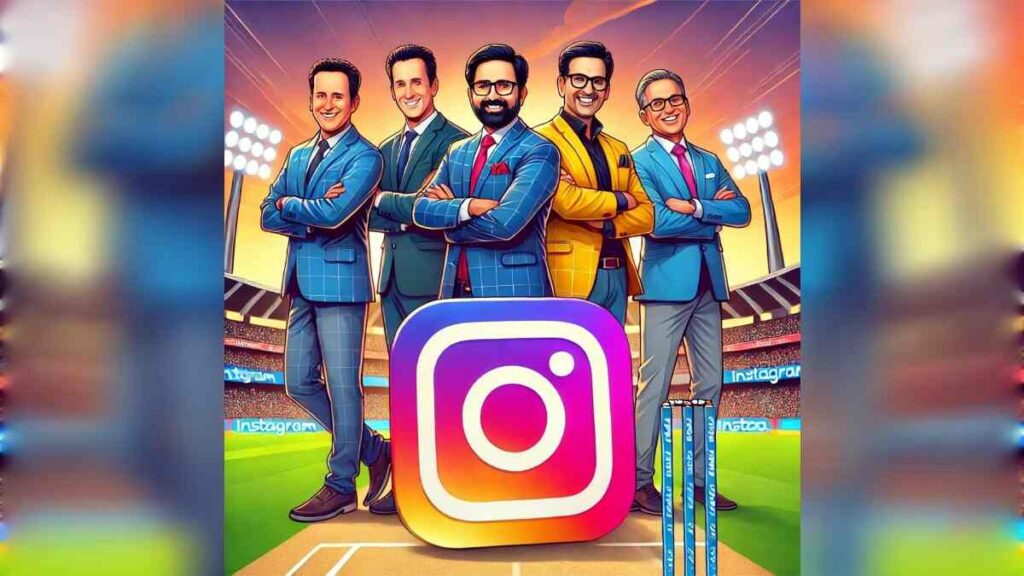
Meanwhile, YouTubers, Instagram influencers, and podcast hosts have carved out niches around team reviews, prediction videos, memes, and live watch-alongs. Channels like Cricket Crazy Johns or Tanay Talks Cricket now boast followings rivaling mainstream media. The result? Cricket has become a full-time digital career.
Brands have caught on too. Influencers are now seen promoting jerseys, matchday snacks, fantasy teams, and betting responsibly—all tied to IPL content. For Gen Z and Millennials, this is how they “experience” the IPL: through short-form content, memes, and commentary that’s less about commentary and more about culture.
Even players are part of the ecosystem. Cricketers like R. Ashwin host podcasts, while others engage directly with fans via Instagram Lives, Twitter banter, and behind-the-scenes content. The line between celebrity, creator, and consumer has officially blurred.
With this, the IPL has powered not just an on-field spectacle—but a content economy that keeps millions engaged, employed, and entertained every day of the season.
Global Footprint, Local Roots
The IPL may be deeply rooted in Indian soil, but its impact stretches far beyond national borders. What began as a domestic cricket league has now become a global sporting spectacle, drawing attention from investors, fans, and players around the world.
Top international stars—from England’s Jos Buttler to Australia’s Pat Cummins—prioritize IPL over bilateral series, thanks to its massive payouts and global visibility. In return, fans from Australia, England, South Africa, and beyond tune in every evening to watch matches that blend Bollywood with world-class cricket. The IPL isn’t just India’s game anymore—it’s cricket’s global festival.
Yet, the league hasn’t lost its desi touch. It continues to nurture grassroots talent, offering local players a stage to shine. Small-town cricketers like Mohammed Siraj (Hyderabad) and Rinku Singh (Aligarh) became household names overnight, inspiring the next generation across Tier 2 and Tier 3 cities.
Franchise outreach programs, local language broadcasts, regional merchandise, and state-specific fan campaigns ensure that IPL remains locally loved while globally admired. Matches played in cities like Guwahati or Dharamshala ensure cricket’s reach touches every corner of the nation.
Additionally, the IPL model is now being replicated globally—the SA20 in South Africa, the ILT20 in the UAE, and the MLC in the U.S. all borrow from IPL’s format. Even the business world is taking notes, studying how IPL created a brand that is both hyperlocal and hyperglobal.
In essence, the IPL has become a case study in how to build an empire that celebrates local roots while confidently walking the global stage.
IPL as a Blueprint for Modern Indian Enterprise
The Indian Premier League is no longer just a tournament—it’s a blueprint for modern Indian enterprise. It embodies the country’s growth story: bold, ambitious, tech-savvy, and deeply rooted in culture. From billion-dollar valuations and AI-driven decisions to grassroots talent development and creator economy boom, the IPL is a living case study in how entertainment, business, and innovation can come together seamlessly.
In just over a decade, the IPL has redefined not only how cricket is played, but how it is monetized, marketed, and experienced. It has brought Wall Street to the wicket, Silicon Valley to the stadium, and made India the epicenter of cricketing capitalism.
As India continues its rise on the global economic stage, the IPL shows what’s possible when tradition meets disruption. It is, in every sense, India’s most successful startup in cricket whites.
Article written by –
Dr. Manish Kumar
Assistant Professor
IMS Ghaziabad (University Courses Campus)
Tired of missing the best stories of ICC Champions Trophy Finals? Our sports page delivers the news you need, right when you need it. Expert analysis, real-time updates, and the scores that matter. Check it out!


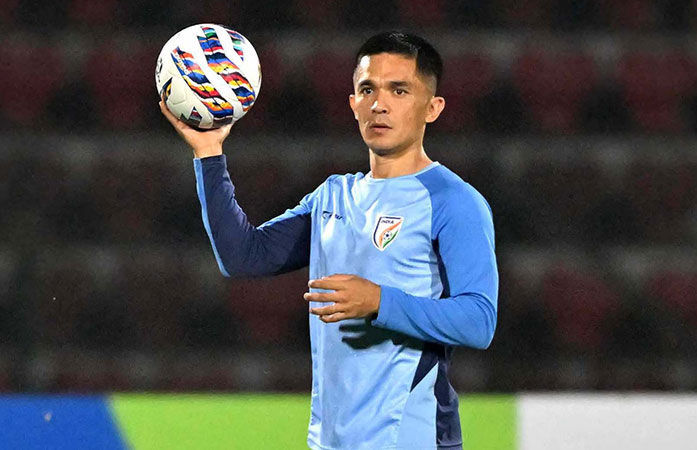
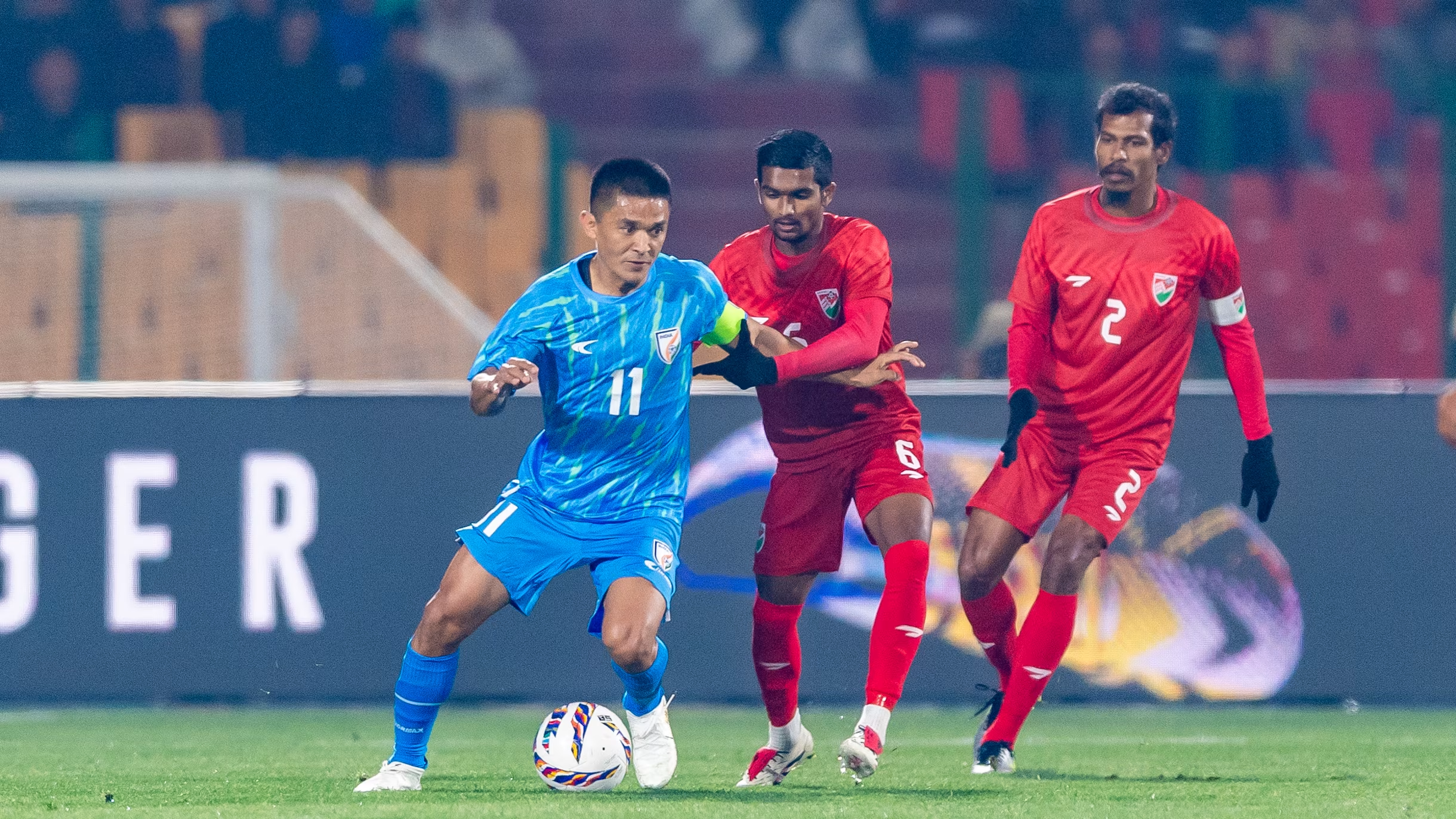
Post Comment